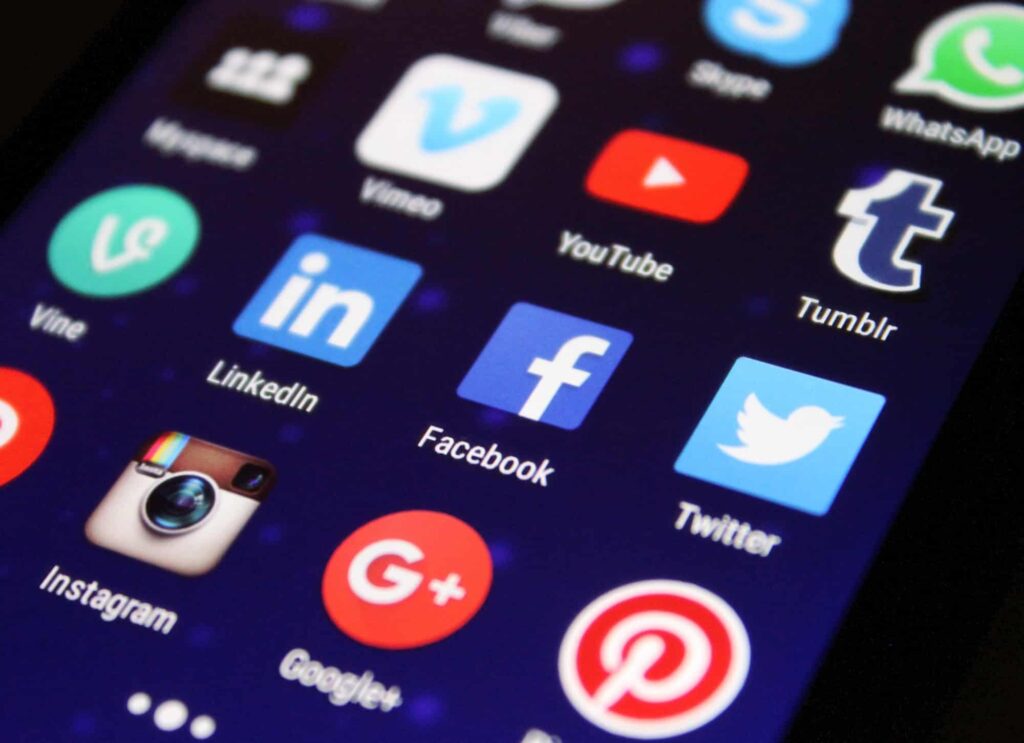Social media is more devastating than you think. A 2019 study of more than 350,000 people found that heavy social media use is associated with suicide attempts among adolescents.
Molly Russell is just one young person who died by suicide after exposure to social media. Yet her death has ignited significant interest in reforming social media. If you want to take control of your mental health or social media use, you should learn more about her.
Who was Molly Russell, and what was her social media presence like? How have social media platforms changed in response to her death? What should you do to help your mental health?
Answer these questions and you can avoid the perils of social media through simple steps. Here is your quick social media guide.
The Death of Molly Russell
Molly Russell was 14 years old in 2017. She was a healthy young woman who had settled well into secondary school and showed talent in the performing arts.
However, Molly began experiencing depression as an adolescent. She did not talk to her parents about her symptoms, and she instead went online to express herself.
In December 2016, she started a Twitter account. Her first tweet was a retweet from an account called “depression quotes.” The tweet expressed an anonymous user’s remarks that they felt unwanted, helpless, and like an outcast.
Molly then retweeted an image of a teenager looking up at the night sky. The text above the teenager’s head read, “i’m ready to become one of the stars.”
Molly also started accounts on Pinterest and Instagram, and she would sometimes retweet content from those accounts. She would share messages about mental disorders and how living in a comfortable home with a good family did not prevent depression.
Molly did share other material like tweets about music videos and television shows. But as time went on, Molly openly expressed that she had suicidal thoughts.
She wrote tweets like, “Everyone is better off without me…” She also sent messages to influencers who had made videos about depression and suicide, asking for help, but she never got replies back.
Molly died by suicide on November 21, 2017. She had saved, liked, or shared more than 16,000 pieces of content on her Instagram account. 2,100 pieces of content were related to suicide, including hundreds of video clips that showed people dying by suicide.
Changes to Social Media
Molly’s story made headlines in 2017. Social media websites pledged to adjust their methods so young people would not access content about depression and suicide.
Pinterest now blocks any searches for content about self-harm and suicide. If a user types in a search term on the blocked list, an advisory appears on their screen. It directs them to experts about suicide.
Pinterest claims that more than 25,000 self-harm-related terms are on its blocked list. It is not clear what terms are blocked.
Instagram also blocks search terms directly related to self-harm. It is not clear how many terms it blocks.
Meta is the parent company that runs Instagram and Facebook. Company executives have stated that they are not sure what they will do to help young users.
They believe that blocking terms may harm young people’s free expression. Some users search terms to look for help or read stories from other users.
An inquest into Molly Russell’s death started in 2022. The coroner concluded that Molly’s access to self-harm images and suicide contributed to her death.
The coroner will write a report to Pinterest and Meta. Molly’s father is pushing for the government to pass a bill to protect young people from self-harm images.
Content related to self-harm and suicide is accessible on most social media websites. It is also accessible online through search engines and third-party websites.
Social Media Tips
You and your children can use social media without experiencing significant social media disadvantages. The key is to follow a few tips to promote your safety.
Limit Your Children’s Use
Do not allow your children to use social media whenever they want. Do not give your child a smartphone or laptop until they are at least 10 years old.
Limit how long your child can stay on social media. It’s okay if they need to talk to someone for a class assignment. But prevent your child from using Facebook or Twitter for more than an hour every day.
Use parental controls to limit what pages your child can access. You can create your own block list so your child cannot search for suicide-related search terms.
Seek Help for Your Mental Health
Do not hesitate to get help if you feel the symptoms of depression or another mental health problem. However, you should not go on social media to look for help. Visit websites for organizations like the National Institute of Mental Health so you can learn more about treatment options from mental health experts.
Cognitive behavioral therapy can help with depression, self-harm, and substance abuse. You will work with a therapist to address the negative thoughts and feelings about yourself that you have.
Over time, you change your thought patterns to have a positive outlook about yourself and the world around you. You can use techniques like deep breathing to calm yourself down during troubling moments. You can receive individual and group therapy, which can help if you and your child have mental health problems.
Bolstering Your Mental Health
Molly Russell died in 2017 after continuous exposure to social media. She accessed explicit content about depression, suicide, and self-harm, including graphic videos. A coroner concluded her death by suicide was directly related to this content.
Pinterest and Instagram are blocking search terms related to self-harm, but most content is still accessible. Limit your access and your child’s access to this content by limiting how long you are on social media.
Whenever you have mental health problems, you should talk to a therapist. Apex Recovery serves San Diego residents. Contact us today.

